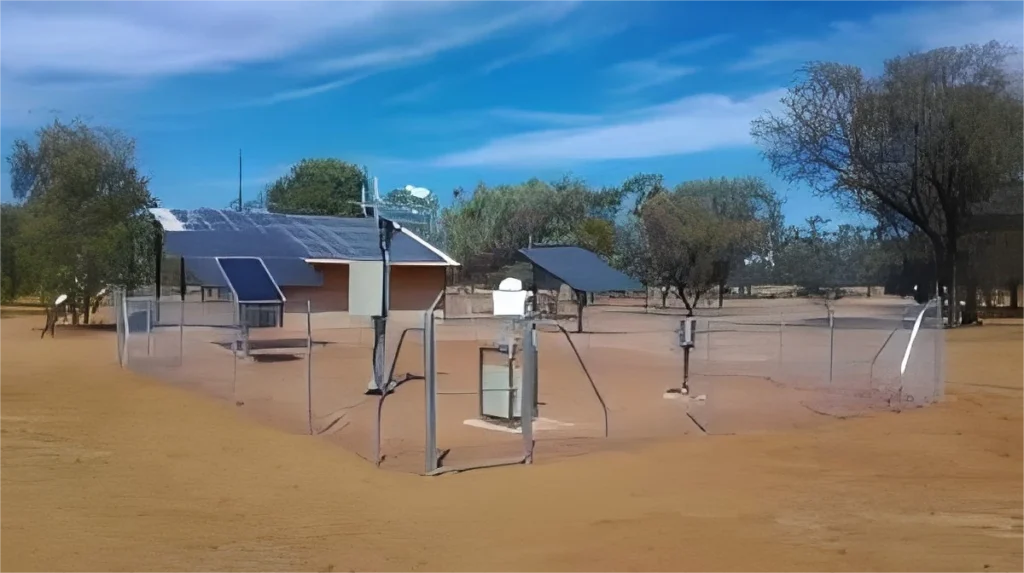Disadvantages of Automatic Weather Stations

# Disadvantages of Automatic Weather Stations
Automatic Weather Stations (AWS) have revolutionized meteorology by providing real-time data with minimal human intervention. However, despite their advantages, they come with several drawbacks that can impact their reliability and effectiveness. Below are some of the key disadvantages of using automatic weather stations.
## High Initial and Maintenance Costs
One of the primary disadvantages of AWS is the significant financial investment required. Setting up an automatic weather station involves purchasing expensive sensors, data loggers, and communication equipment. Additionally, regular maintenance, calibration, and occasional repairs add to the ongoing costs, making it a less viable option for organizations with limited budgets.
## Dependence on Power Supply
Most automatic weather stations rely on electricity or solar power to function. In remote or off-grid locations, ensuring a consistent power supply can be challenging. Power outages or battery failures can lead to data gaps, reducing the station’s reliability. Backup power solutions, such as generators or additional batteries, further increase operational costs.
## Limited Sensor Accuracy and Durability
While AWS sensors are designed to be precise, they are not infallible. Environmental factors like extreme temperatures, humidity, and dust can affect sensor accuracy over time. Additionally, some sensors may degrade or malfunction, requiring frequent replacements. This limitation can compromise the quality of the collected data.
## Data Transmission Issues
Automatic weather stations often transmit data via wireless or satellite communication. However, poor signal strength, interference, or technical glitches can disrupt data transmission. In areas with unreliable network coverage, this can result in incomplete or delayed data, affecting weather forecasts and research.
## Lack of Human Oversight
Unlike manual weather stations, AWS operate without constant human supervision. While this reduces labor costs, it also means that errors or anomalies may go unnoticed for extended periods. For example, a malfunctioning sensor could provide inaccurate readings until the next maintenance check, leading to flawed data analysis.
## Vulnerability to Environmental Damage
Automatic weather stations are often exposed to harsh weather conditions, including heavy rain, strong winds, and lightning strikes. These elements can damage sensitive equipment, leading to costly repairs or replacements. Protective measures, such as reinforced housings, can mitigate but not entirely eliminate this risk.
## Conclusion
While automatic weather stations offer numerous benefits, their disadvantages—such as high costs, power dependence, sensor limitations, and vulnerability to environmental damage—cannot be overlooked. Organizations must weigh these factors carefully when deciding to implement AWS, ensuring they have the resources and infrastructure to address potential challenges.
